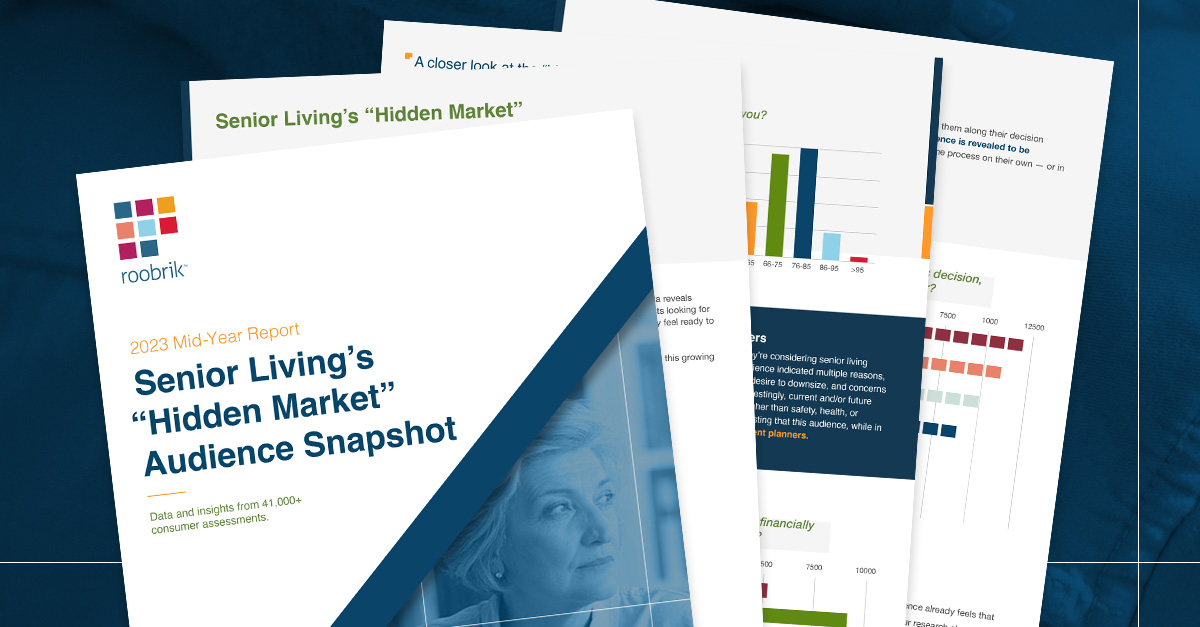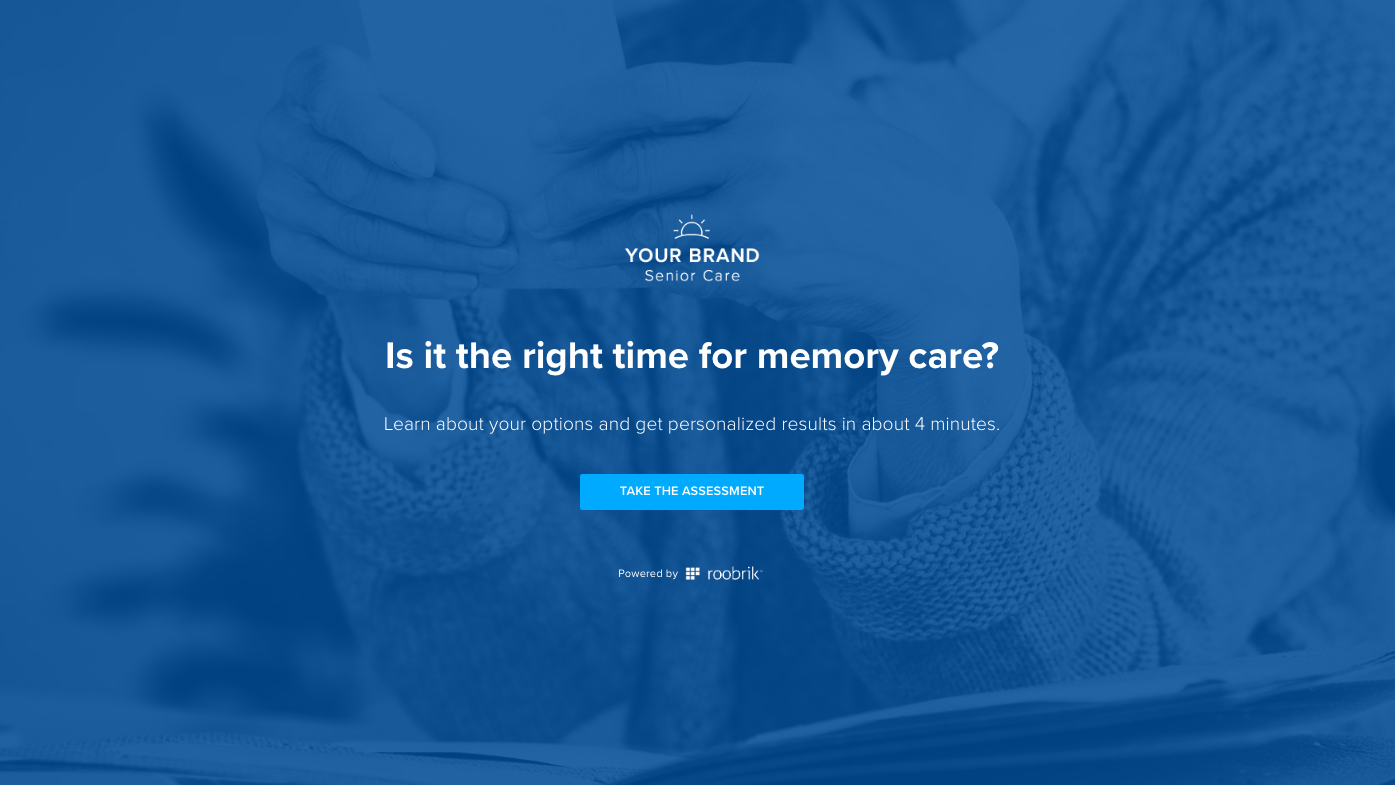23 Questions: The Science Behind the Survey
Occasionally, as we demo the Roobrik Insight Solution, clients and partners express reservations about the number of questions included. “23 questions? That seems too long — can’t you get more people through with 5 or 10 questions?”
 We actually like this question, because it gives us an opportunity to talk about the core value of Roobrik. We are there for the large number of older adults and prospects who NEED to go deeper to feel better informed and get unstuck. As one client put it “I wouldn’t trust a 5-question Myers-Briggs test to really know me.”
We actually like this question, because it gives us an opportunity to talk about the core value of Roobrik. We are there for the large number of older adults and prospects who NEED to go deeper to feel better informed and get unstuck. As one client put it “I wouldn’t trust a 5-question Myers-Briggs test to really know me.”
And our data bears this out. 24% of people drop off on the first question, and after question 5, they drop off at less than 0.25% per question, with 60% of starts completing the whole assessment and spending almost 9 minutes on site. This is a natural process called “survey attrition” and it weeds out those folks who are just clicking around.
So, we reached out to Geri Baumblatt, a decision science expert and Roobrik advisor, to explain why so many folks stick. And, once and for all, we asked Geri why our assessment is a very unround number of 23. Here’s what she had to say.
 Geri Baumblatt Explains
Geri Baumblatt Explains
Think about it. It’s not often that quick advice or a fast summation of options is best for someone making a complex or difficult decision. If a person is facing a big change they may be scared, overwhelmed or confused, so they really want to feel like a decision tool is robust and that it can help them think about new things after collecting meaningful data.
I used to say, ‘Once you’ve made one decision aid, you’ve made one decision aid,’ because each one will be different. You can’t just decide ahead of time, “Oh, this is going to be three minutes long,” because it’s really just going to depend on what people need to understand about their options.
If I just ask you three questions and then say, ‘Oh, well you should definitely go with this place for you, or for your parent,’ you’ll feel like, ‘Well, that wasn’t enough to really get to that conclusion. I don’t think they really understand me or my situation.’
Ask and Advise, Don’t Push
And for senior living and senior care facilities, that may make an older adult or family member feel as if they’re being pushed one way or another. In the face of complex, difficult decisions, people want to have time to weigh their options. They want to be given new angles of thinking about things. They want to participate in that important decision.
It’s also important that a decision aid use a conversational tone, otherwise it can generate cognitive overload, feel off-putting or like a test. Not to the point of being too folksy, but to make it understandable, even calming. When building any decision tool, I follow these guiding questions: What is this particular decision? How can we empathize with people around what they’re feeling? And then, how can we reassure people that this is a tool will help them and not to try and talk them into anything or push them in one direction? The moment people feel that lack of empathy or feel like somebody’s trying to get them to do something, they tend to react and back into a corner.
With the Roobrik Insight Solution, it just turns out that following those guides led to exactly 23 questions.





